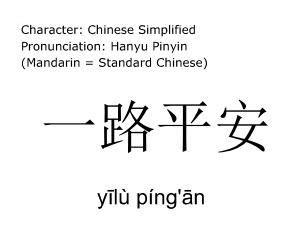What should we call the five basic Kata from Itosu?
Pinan or Heian?
Itosu Ankō, the creator of the Pinan Kata.
Itosu was raised in a strict home of the Keimochi (系持, a family of position, Pechin class) and was educated in the Chinese classics and calligraphy.
In 1905 Itosu Ankō was a part-time teacher of To-te (the word Karate was not used at this point in history) at Okinawa’s First Junior Prefectural High School. It was here he introduced training methodologies that still are in practice today, the Pinan Kata.
It is assumed that Itosu created the five Pinan Kata in the years 1902 to 1907. Some believe that they were created for teaching children since the Pinan Kata were used in schools, but nonetheless, adults were also taught the Pinan Kata, and still are.
I’m sure Itosu’s’ ulterior motives were quite simple, such as
- Simplify the introduction to Karate.
- Simplified Kata makes it easier to learn more advanced Kata later.
- Making Karate accessible for all.
- Karate as a healthy form of exercise.
He even tried to introduce Karate to the Japanese military without luck.
Back to the question, Heian or Pinan?
As you know, Gichin Funakoshi changed the original name Pinan to Heian in connection with the introduction of Karate to Japan’s mainland.
The name Heian comes from the contraction of two Japanese characters, hei (平) and an (安), which can be translated into “Peaceful Mind”, “Tranquil Mind” or “Peace and Tranquillity”.
平安 = peace; tranquillity.
If we use the Japanese term Heian, as Gichin Funakoshi called the Kata, then the Kata would be called Peaceful Mind 1, 2, 3, 4, 5 or Peace and Tranquillity 1, 2, 3, 4, 5.
My technical interpretation (Bunkai) of the Heian Kata shows, that there is nothing peaceful about the Kata at all! There are kicks, punches and throws, and most of all attacks against vital points. In short, you harm your opponent!
I, therefore, believe that we need to take a closer look at the original Chinese word “Pinan”.
Since Itosu was educated in the Chinese classics, he would probably choose the Chinese pronunciation for the Kata.
The word Pinan comes from the contraction of two Chinese characters, one is Pin (平) and the other is an (安). Yep, the signs are the same as in Heian, which translates to something like “Have a safe journey”, “Safe from Harm” or “Have a good trip” in the Chinese language.
Pinan in Karate context means: Have a good and safe trip in your continued learning/journey of Karate.
The use of the word Heian is, therefore, in my opinion, misleading, although I also use that term sometimes.

In China, the word “Pinan” is used as a farewell greeting, in connection with people who are going to travel!
Translation from my dictionary:
Píng’ān 平安 = Safety
The Chinese word yilu ping’an or yīlù píng’ān, 一路平安
Meaning: Have a good trip, have a pleasant journey, have a safe journey. The condition of being protected from or unlikely to cause danger, risk, or injury.
Chinese example sentence:
Zhu ni yilu ping’an or Zhù nĭ yīlù píng’ān
English translation: I wish you a good journey!
Thanks for reading.
Gert
